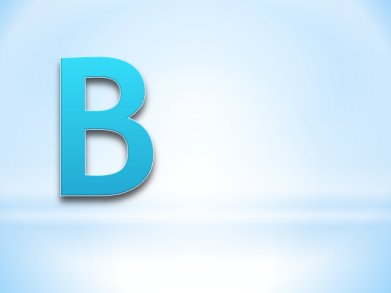To date, 118 chemical elements have been found. Professor Mario Markus, Max Planck Institute for Molecular Physiology, Dortmund, Germany, takes a weekly look at each element in turn, presenting a poem based on its natural properties along with a scientific overview of each element.
Boron |
Boron |
|
|
Black or brown semiconducting metalloid. Density: 2.46 g/cm³. The name comes from the mineral borax, known since antiquity. It was extracted from this mineral in 1808 by both the Frenchmen Gay-Lussac and Thenard and the Englishman Davy. It has the highest tensile strength of any element. Boron carbide is the hardest known substance [1]. A mixture of boron carbide and cotton, lightweight and flexible, is currently the most comfortable and safest body armor. Boron nitride is also very hard (it scratches diamonds) and is used, as a powder, in cosmetic and lubricating agents [2]. Boron perborate is used as a bleaching agent. Boric acid is an efficient insecticide when mixed with a bait, as ants and cockroaches cannot detect it [3]. Borates, along with other compounds, were used in ancient Egypt in the process of mummification [4]. In plants boron is essential for the formation of cell walls. In fact, without boron, pollen tubes are not produced. Also cracks, stains and distortions of the leaves arise [5]. Mixed with pectin it has been used in Greece and Spain to revitalize old olive trees. By virtue of its efficient neutron absorption, boron is used to control chain reactions in nuclear plants, which otherwise would act as atomic bombs [6]. An innovative project for future car fuel features the reaction of water with boron, which produces boron oxide plus hydrogen [7]. The latter provides the fuel while boron oxide can be recycled to boron by a reaction with magnesium. 18 kg of boron with 45 liters of water yield as much as 40 liters of gasoline.
[1] B. Q. Wei et al., J. Phys. Chem. 2002, 106, 5807–5809. DOI: 10.1021/jp014640f [2] M. Engler et al., Ceram. Forum Int. 2007, 84, E49–E53. [3] D. G. Cochran, Experientia 1995, 51, 561–563. DOI: 10.1007/BF02128743 [4] Y. Kaup et al., J. Inorg. Biochem. 2003, 94, 214–220. DOI: 10.1016/S0162-0134(03)00002-3 [5] C. E. Scott et al., Phytopathology 1943, 33, 933–942. [6] Y. Kowata, Nucl. Sci. Eng. 1991, 108, 308–318. [7] I. Vishnevetsky et al., J. Sol. Energy Eng. 2008, 130, 014506. DOI: 10.1115/1.2807215 |
Which mineral How to kill a cockroach How does the pharaoh – Is there a white, that’s whiter than white?
|
Professor Mario Markus
Max Planck Institute for Molecular Physiology, Dortmund, Germany.
www.mariomarkus.com
Interview with Mario Markus:
- Poetry and Chemistry,
ChemViews magazine 2013.
DOI: 10.1002/chemv.201300010
The poems have been published in German in:
- Chemische Gedichte,
Mario Markus,
Shaker Media, Herzogenrath, Germany, 2011.
ISBN: 978-3868587012




